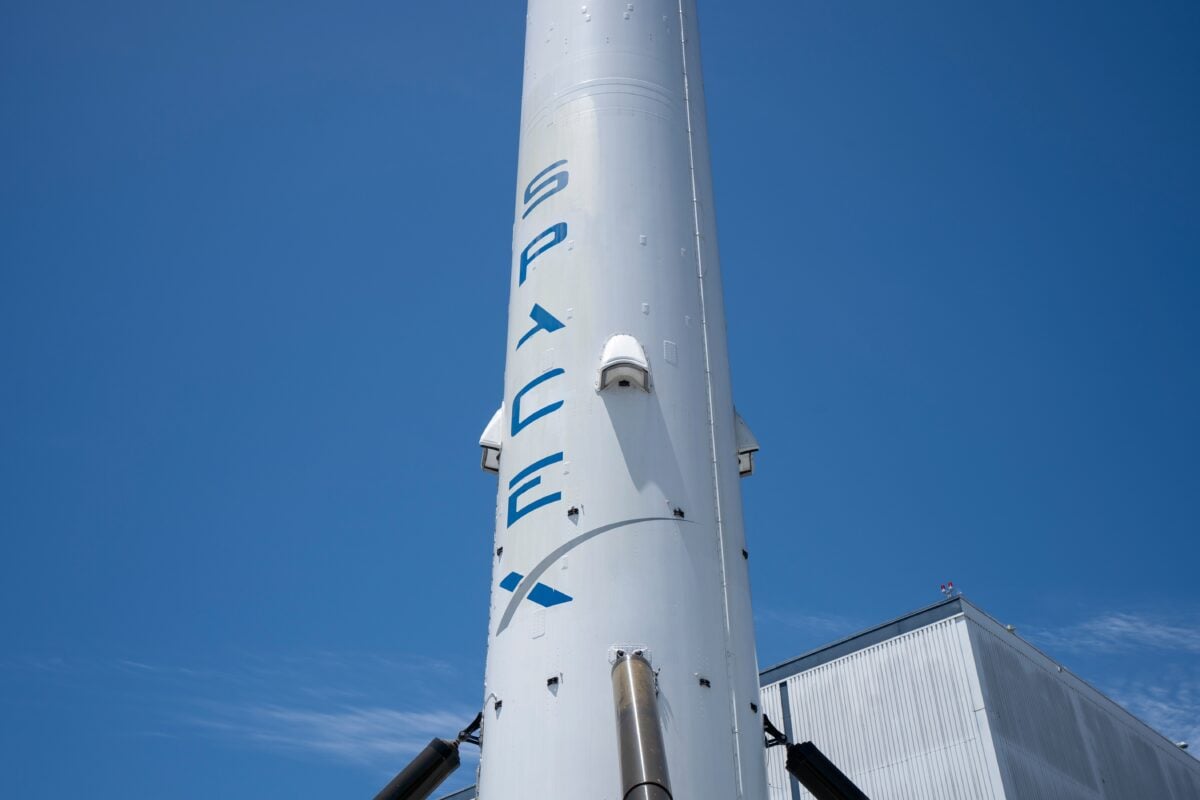TLDR
- Aster’s ASTER token launch includes a 704M token airdrop to reward community members.
- Over half of ASTER’s total supply will go to community incentives and rewards.
- Aster’s new points system focuses on trading volume, holding time, and referrals.
- The token launch on September 17 aims to increase capital efficiency and community involvement.
Aster, a decentralized perpetual exchange backed by YZi Labs, is preparing for the launch of its native ASTER token on September 17, 2025. As part of the launch, Aster will distribute 704 million ASTER tokens, which account for 8.8% of the total supply, through an airdrop to eligible users. This event marks Stage 2 of Aster’s Genesis program, which has already gained traction with traders worldwide. The company aims to provide new reward mechanics and introduce a community-first token model.
Aster’s token is designed to facilitate decentralized governance, drive platform growth, and provide rewards for user participation. The platform has already made strides in the decentralized finance (DeFi) space, positioning itself as a competitive alternative to centralized exchanges like Binance and Coinbase.
ASTER Token and New Reward Mechanics
The ASTER token will be used to decentralize governance and reward users for their engagement on the platform. The token launch coincides with the introduction of Stage 2 of Aster Genesis, which adds new reward mechanics based on a multi-factor scoring system.
Users can earn points through metrics like trading volume, position holding time, referrals, and the use of liquid staking tokens like asBNB and stablecoins like USDF.
Stage 1 of the Genesis program was successful, with over $37.7 billion in trading volume generated across 20 weeks. The new reward system is designed to increase fairness and provide clearer incentives for authentic user engagement. According to Leonard, CEO of Aster, Stage 2 “tightens the link between engagement and reward” and will help users build up to the airdrop in a transparent manner.
Aster’s Focus on Capital Efficiency and Growth
Aster’s focus on privacy-first trading and capital efficiency sets it apart from other decentralized exchanges. The platform enables traders to use liquid staking tokens and stablecoins as collateral for perpetuals trading. This unique model unlocks new levels of capital efficiency by allowing users to earn yield from their assets while using them as margin for trading.
Aster has already secured a strong presence in the decentralized perpetuals exchange market. The platform currently holds nearly 20% of the market share in terms of monthly trading volume.
As of now, Aster has achieved $350 million in total value locked (TVL) across multiple blockchains, including EVM chains and Solana. This success signals a growing demand for privacy-focused, efficient trading platforms in the DeFi ecosystem.
Tokenized Capital Raising and Future Growth
The airdrop of 704 million ASTER tokens is just the beginning. Over half of the token supply has been allocated for community incentives, including rewards for participation in Stage 1 and 2 of the Genesis program.
Aster has already raised funds for several clean energy projects by tokenizing real-world assets, such as energy devices. This method of capital raising eliminates traditional intermediaries, providing a more efficient way for project operators to secure funding.
Aster’s long-term vision focuses on increasing liquidity across decentralized applications (dApps) and collaborating with various wallet providers and decentralized exchanges, including PancakeSwap and Trust Wallet. The platform aims to form the liquidity layer behind many of the apps and platforms already used by traders worldwide. By doing so, Aster hopes to create an open, capital-efficient platform that makes on-chain markets feel instant and accessible.






